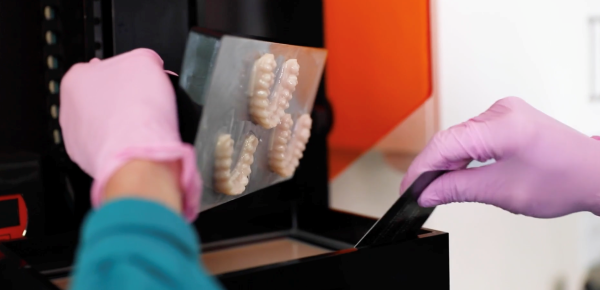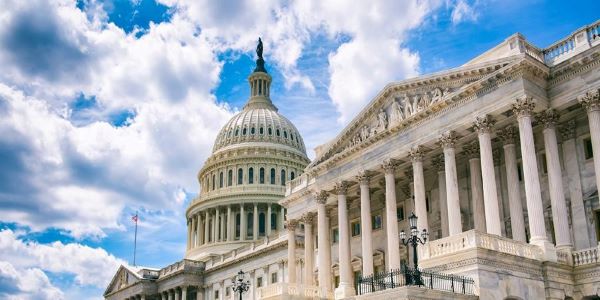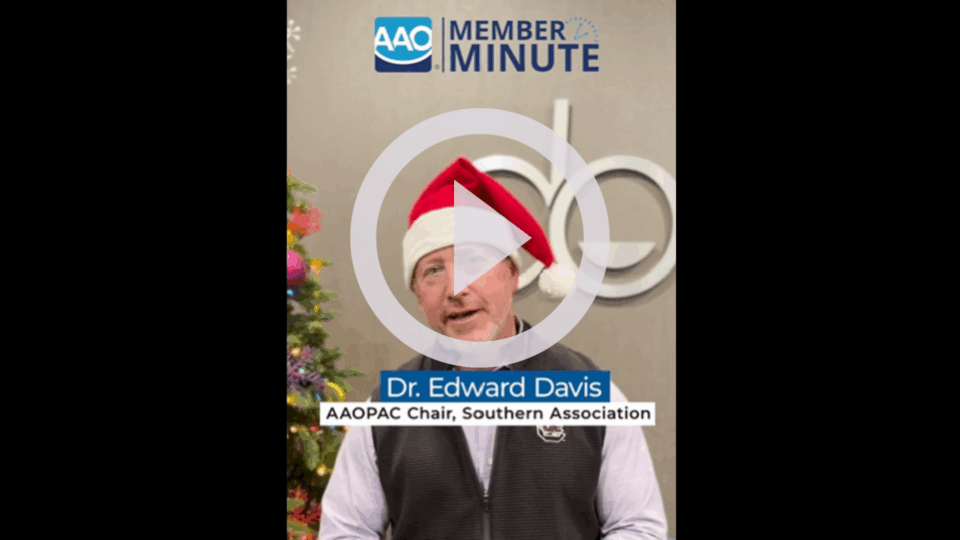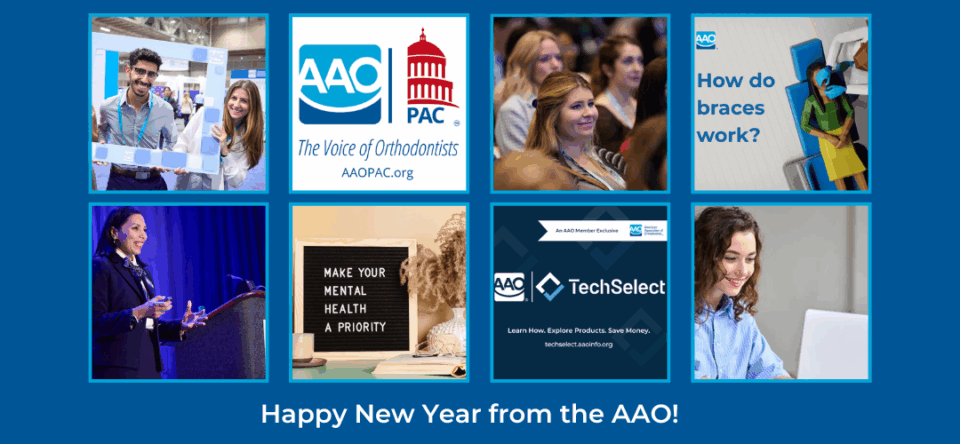The AAO surveyed U.S. and Canadian members on technology use earlier this year, in part to determine what percentage of members are currently using 3D printers and other technologies applicable to orthodontic practice.
Of the 57% of survey respondents indicating they were not using 3D printers, 55% expressed concerns regarding “Staffing issues making it difficult to implement anything new.” In addition, a recent AAO Environmental and Technology Scan on staffing challenges indicated more than 50% of orthodontists report staff turnover as a problem.
Dr. Trista Felty, AAO trustee representing the Pacific Coast Society of Orthodontists (PCSO), urges colleagues to approach staffing a 3D printer lab by identifying local sources of candidates who have the needed skill set. Dr. Felty and members of the AAO Committee on Technology (CTECH) agree that it may be easy to overlook excellent candidates with no current interest in dental careers, but who are likely to have experience with 3D printing.
“Recent high school grads are digital natives who have never lived without technology impacting nearly every aspect of their lives, and they are very comfortable with it,” says Dr. Felty. “And today’s high school computer labs often have 3D printers. As a result, the two 3D printer lab techs whom we have had in our practice came to us with high school class experience and self-trained on operations and troubleshooting by watching our printer manufacturer’s online videos.
“Our lab tech also handles thermoforming appliances and polishing and trimming aligners,” adds Dr. Felty. “We trained the first tech on these processes and when he was getting ready to move on, we videotaped these tasks to help with training his replacement. Each lab tech has been very self-sufficient in handling their work, contacting the printer manufacturer help desk themselves if any problems arise.”
Dr. Felty points to a key advantage of this arrangement being that clinical team members remain solely dedicated to patient care.
“With clinical staffing a challenge, we want to keep our licensed assistants dedicated to tasks that require a license,” she says. “We also find that lab candidates with the needed skill sets have varying goals in terms of how much they work. Our 3D printer tech works three and a half days a week, but in other situations the technician may work for more or less time depending on volume needs, or their schedules. A community college student, for example, may prefer part-time work, or two employees may both work half-time and split a full-time lab position.”
Dr. Felty uses a traditional recruitment approach on Indeed.com when the lab position needs to be filled.
“This is not the type of position where someone may be likely to stay 20 years like many traditional orthodontic employees,” she says. “Generationally, we may rarely see any employee stay 20 years anymore. I think the difference is that the training barrier for bringing a new lab tech up-to-speed is low. It costs us less time and money to onboard them than employees in many other positions.
“By emphasizing the needed technology skills and including ‘college degree and dental office experience not required’ in the recruitment ad, it is easy to find good candidates whenever you need to fill this position,” adds Dr. Felty.
AAO TechSelect Simplifies 3D Printer Selection and Purchasing
When considering a first 3D printer purchase, apart from concerns about who will staff the lab, the process of selecting equipment may seem both daunting and time-consuming.
Using AAO TechSelect, AAO members can research and compare products side-by-side, with key features listed, in numerous product categories including 3D printers. Information about discounts when purchasing via TechSelect is also included.
Financial questions about 3D printers can be further explored on TechSelect:
- The 3D printer cost savings breakdown that provides detailed examples comparing costs for in-house aligner fabrication compare with those of using a third-party lab.
- The payback calculator helps determine how many cases it will take to pay back the cost of purchasing in-house aligner equipment, including a 3D printer, and start-up supplies.
There is also a learning curve for identifying the best type of printer to meet the needs of an orthodontic office lab. The TechSelect video, “What to Consider When Choosing a 3D Printer” is a great starting point for understanding differences in 3D printers.
In the video, AAO Committee on Technology Chair Dr. Lisa Alvetro and former CTECH member and current AAO trustee Dr. Kenneth Webb review key criteria for consideration when purchasing a printer, such as print speed and output capacity. The video also covers how 3D printer types vary based on the technologies they employ, including SLA, PLP and LED printers, questions to ask about resins and more.



